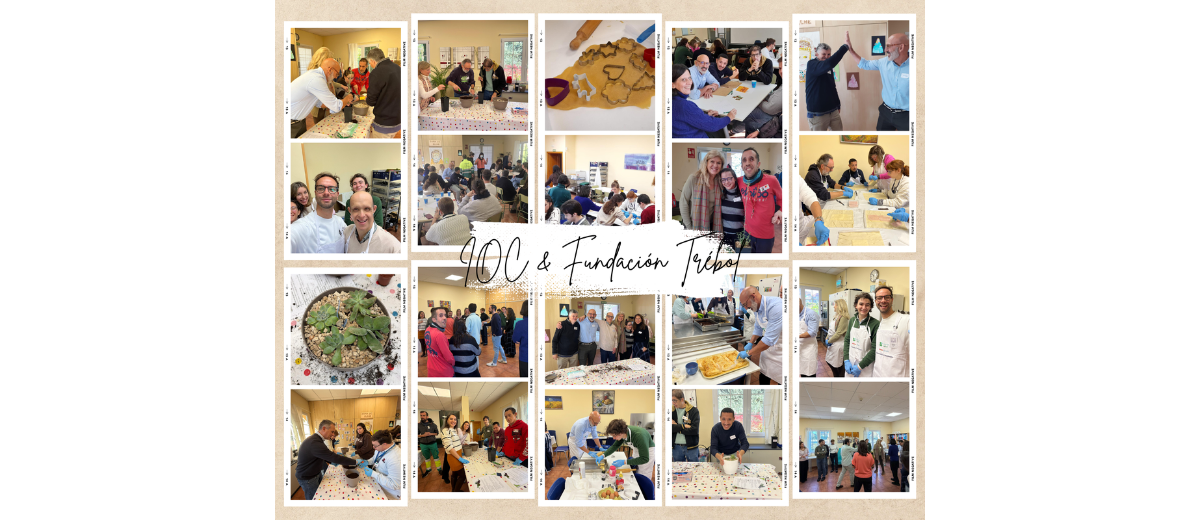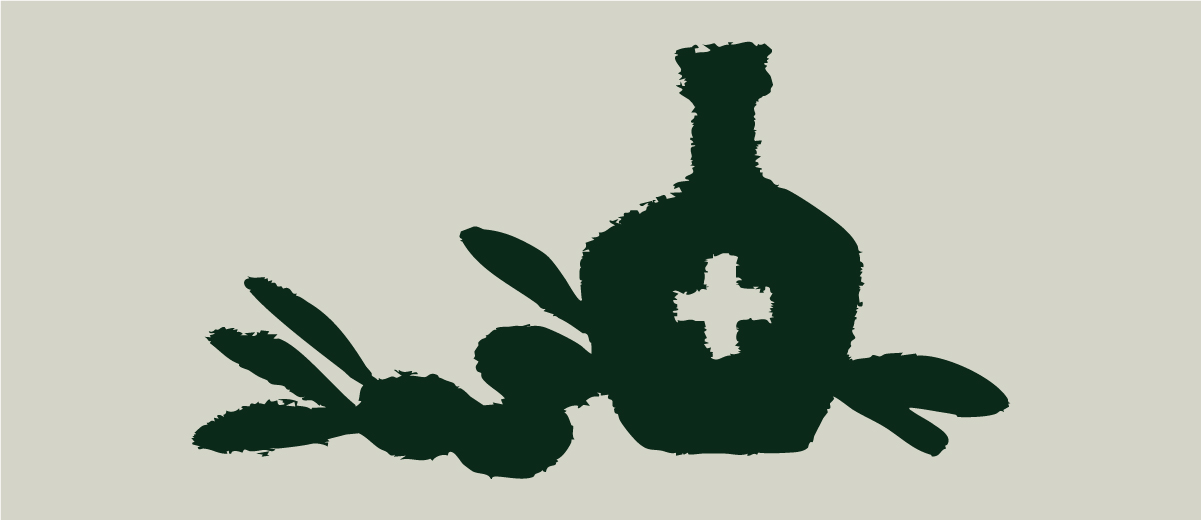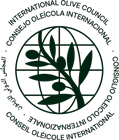Consiste en eliminar una porción anular de la corteza de un centímetro de ancho cuando el árbol está en actividad vegetativa. Su objetivo es impedir que las sustancias elaboradas por la porción de ramo anillada sean utilizadas por otras partes del árbol. Favorece la diferenciación de yemas (si el anillado se mantiene largo tiempo), el cuajado y el desarrollo de frutos. Sin embargo, detiene el crecimiento vegetativo, lo que provoca que las partes anilladas se agoten y que en el resto del árbol se reduzcan los nutrientes.
La Secertaría Ejectuvia del COI participa en actividades solidarias de team building en la Fundación Trébol
El personal de la Secretaría Ejecutiva del Consejo Oleícola Internacional (COI) visitó la Fundación Trébol en Madrid el 3 de diciembre, donde participó en una serie de talleres inclusivos junto a los usuarios de la...
Closing ceremony celebrates IOC scholarship holders at University of Jaén tasting course
The International Olive Council (IOC) marked the end of the 22nd International Course for Experts in Virgin Olive Oil Tasting at the University of Jaén on 18 December, where 24 professionals from IOC member countries...








